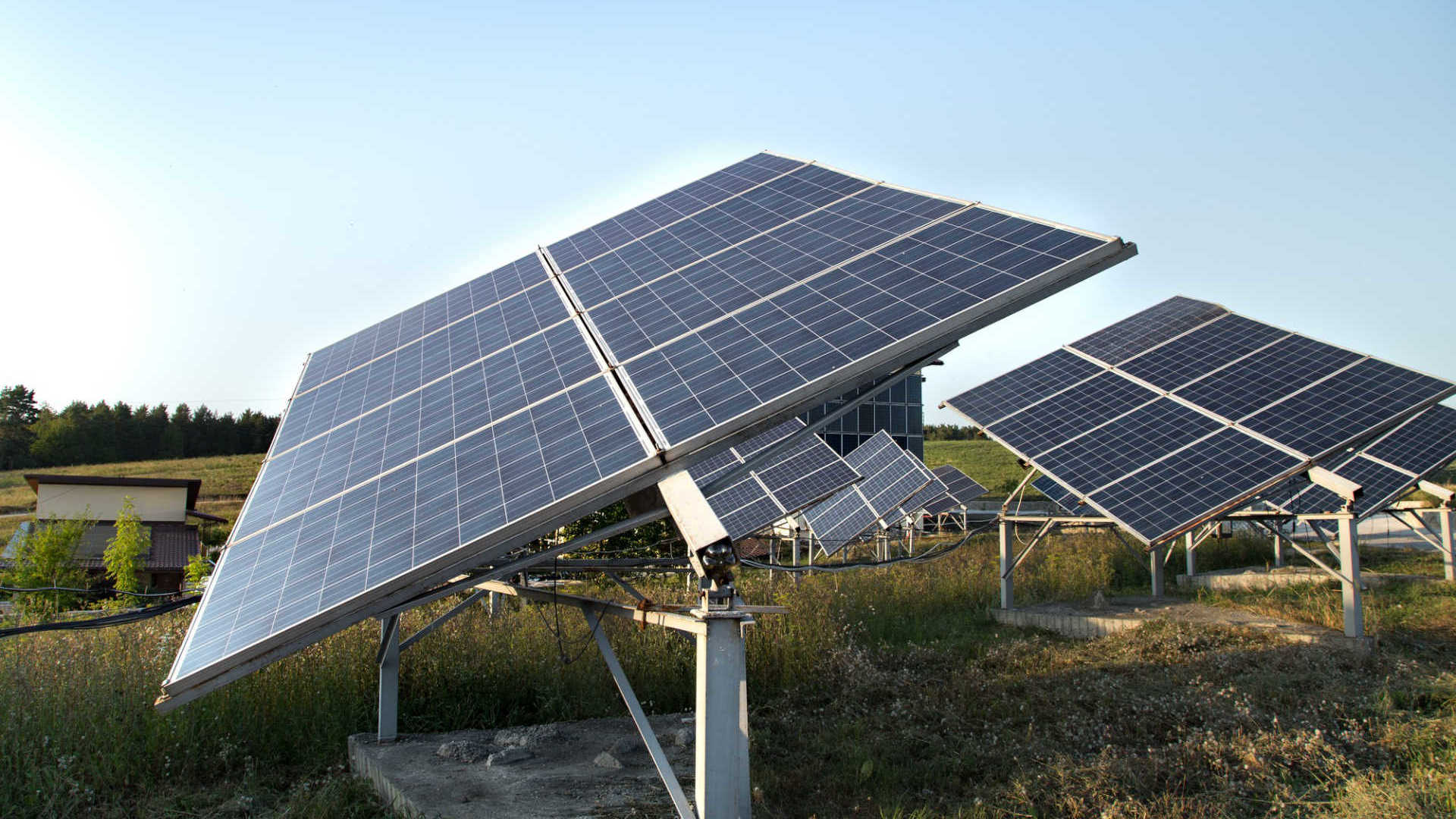
What are solar panels made of?
While solar panels have a smaller environmental footprint compared to most non-renewable options, their production process, which relies heavily on resources, can sometimes attract criticism. Should we be concerned about the production of solar panels? What are solar panels made of?
What are solar panels made of?
Have you ever wondered what solar panels are made of? Simply put, a solar panel consists of silicon solar cells covered by a sheet of glass in a metal frame.
According to the Institute for Sustainable Futures, a typical solar panel is made of the following materials by weight:
- 76% glass,
- 10% plastic polymer,
- 8% aluminum,
- 5% silicon,
- 1% copper and
- 0.1% other metals.
In the following paragraphs, we will briefly go through the different materials used for solar panels and their functions.
Glass
The top surface of the solar panel is generally covered by a protective glass layer. More than three-quarters of the total weight of the solar panel is glass. It is around 6-7 millimeters thick and serves a dual purpose: it protects the sensitive solar cells from physical damage and humidity.
The glass used in solar panels is not only recyclable but also an inexpensive ingredient, which helps to bring down the cost of the technology.

Plastic polymer
Plastic polymer is often used for the back of the solar panel, which needs to be extremely durable. The average lifespan of a modern solar panel is usually 25+ years, which is quite a long time for any material to endure.
Aluminum
The frame and busbar wiring of a solar panel are typically made of aluminum. The frame is designed to mount and protect the solar panels, while the busbar wires are responsible for transferring electricity.
Silicon
Most solar panels use photovoltaic (PV) cells to generate electricity from the sun's energy. Silicon semiconductor solar cells are the most widely used technology for solar panels.
In short, this is how silicon can help to harvest the sun's energy:
- Silicon is used to create negative (n-type) and positive (p-type) semiconductors in each cell.
- Electrons move between the layers and, when hit by sunlight, generate an electrical current.
- Manufacturers add other ingredients (e.g., boron, gallium, and phosphorus) to silicon to give the cells different charges.
Silicon is not only a cost-efficient material but also durable, which helps to increase the lifespan of solar panels.
Copper and other metals
Approximately 1.1% of the total weight of solar panels is made up of various materials. Copper, for instance, plays a crucial role. Solar panels consist of numerous solar cells connected by copper conductors. These conductors efficiently transmit the generated electricity and contribute to the panel's distinctive grid-like appearance.
Can materials in solar panels be recycled?
Yes, most of the materials in solar panels can be recycled. By 2030, the total value of recoverable raw materials from solar panels is estimated to be around $450 million.
The U.S. Environmental Protection Agency provided the following insights on thise topic:
"Crystalline-silicon solar technology represents most of the solar panel market share. This type of panel is constructed with an aluminum frame, glass, copper wire, polymer layers and a backsheet, silicon solar cells, and a plastic junction box. The polymer layers seal the panel from exposure to weather but can make recycling and panel disassembling difficult, as high temperatures are often required to loosen the adhesive. Many of these components can be recycled. Glass composes most of the weight of a solar panel (about 75 percent), and glass recycling is already a well-established industry. Other materials that are easily recyclable include the aluminum frame, copper wire, and plastic junction box."

Conclusion
Solar panels are an essential component in harnessing solar energy, a clean and sustainable resource that significantly contributes to global electricity generation. Composed primarily of glass, plastic polymer, aluminum, silicon, and minor amounts of copper and other metals, solar panels are designed for durability and efficiency. While the production of solar panels involves substantial resource use, the materials used are largely recyclable, which mitigates environmental concerns.
